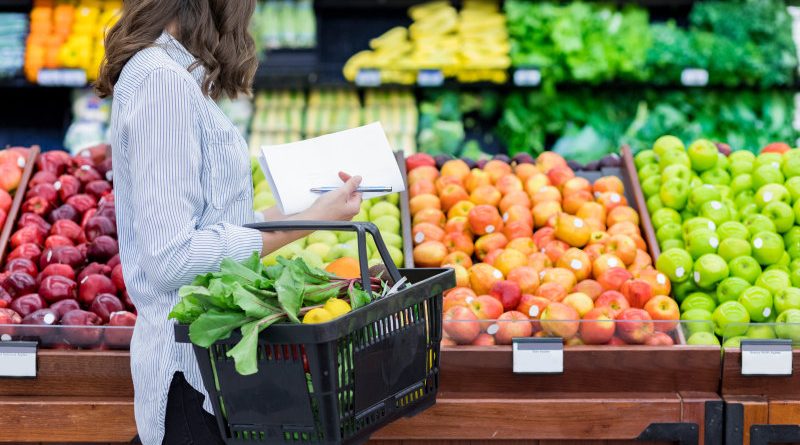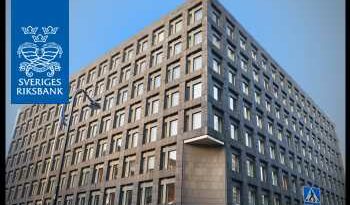Inflation rates are high – this is where Sydneysiders will see the biggest price increases
Australia’s inflation rate is the highest in decades, but Sydney’s consumers are not feeling the pinch quite as much as those in other capitals.
The latest consumer price index released by the Bureau of Statistics on Wednesday showed prices in Sydney climbed 5.3 per cent in the year to June, well below the national rate of 6.1 per cent. In Perth inflation was 7.4 per cent and Brisbane 7.3 per cent.
Annual inflation in Sydney has been below the national rate since mid-2021.
Sydney’s biggest price increases in the year to June were for automotive fuel (up 29 per cent) and the purchase of new dwellings, excluding land (15.8 per cent). A swag of food basics also registered hefty rises including vegetables (up 15.7 per cent), oils and fats (14.8 per cent) beef and veal (9 per cent) and bread (6.8 per cent).
But not everything is going up. Childcare prices in Sydney fell 9.4 per cent over the three months to June 30 and almost 8 per cent for the year, helped by state government vouchers for before and after school care.
EY chief economist Cherelle Murphy said this government support highlighted the pressure childcare costs place on household budgets.
“While there is still a long way to go, we welcome the renewed focus of the federal and state governments – led by NSW and Victoria – on delivering more affordable childcare and early childhood education reform,” she said. “Better access to childcare helps ease cost of living pressures while increasing the productive capacity of the economy by getting more people into work – particularly women.”
The NSW government’s decision to provide 12 days of fare free travel in April contributed to an annual fall of nearly 9 per cent in urban transport prices.
The price of electricity edged lower in Sydney in the year to June, although a recent surge in the wholesale prices means electricity bills are set to rise sharply in coming months.
The price of books, insurance premiums and dental services all fell in the city last financial year. Beer drinkers have so far been spared the inflationary pinch – Sydney beer prices rose only 1 per cent in the year to June.
Sydney rental prices fell 0.3 per cent over the year to June despite modest increases in the March and June quarters.
AMP chief economist Shane Oliver said relatively subdued rents were one reason Sydney’s CPI had not risen as much as other cities. Also, prices for two important drivers of national inflation – automotive fuels and new dwelling purchases – have increased less in Sydney than other capitals contributing to the city’s lower inflation rate.
“This may reflect more competitive markets in Sydney in building materials, home construction and possibly fuel,” Dr Oliver said.
While inflation is a little lower in Sydney than elsewhere, the cost of living has still emerged as the biggest worry for people in the city. The Ipsos Issues Monitor, which asks a representative sample of adults to select the top three issues facing the state, found 50 per cent of people in NSW ranked cost of living among their biggest concerns, the highest share in the 11-year history of the survey.
The next biggest concerns were housing affordability (38 per cent), healthcare (37 per cent), the economy and petrol prices (25 per cent).
It is unusual for the No. 1 worry in NSW (now cost of living) to be so much higher than the second and third ranked concerns.
Australia’s annual inflation rate in the June quarter was the highest since mid-2001. In a special economic statement to federal parliament on Thursday, Treasurer Jim Chalmers forecast the national consumer price index to peak at 7.75 per cent in the December quarter this year.
The Morning Edition newsletter is our guide to the day’s most important and interesting stories, analysis and insights. Sign up here.
Most Viewed in Business
From our partners
Source: Read Full Article


